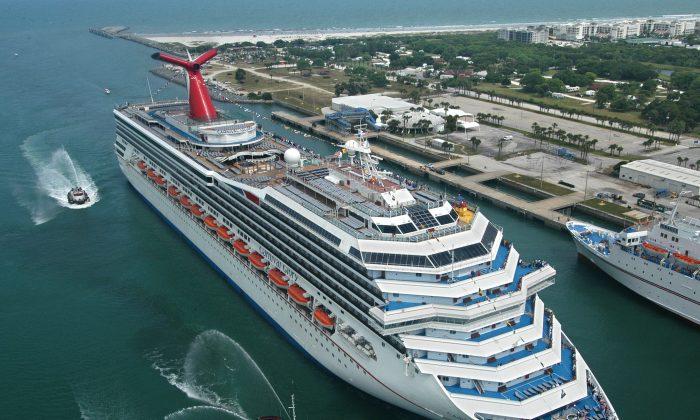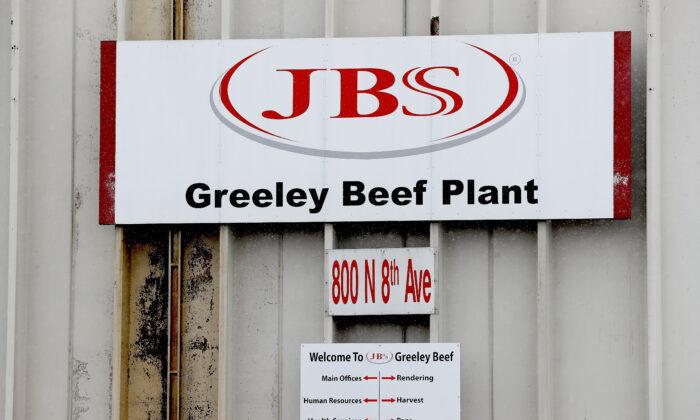Carnival Cruise Lines—which includes brands such as Cunard, Princess Cruises, Aida, and P&O—has posted a massive $4.4 billion loss for the second quarter, and is fast-tracking plans to sell 6 of its ships in a bid to reduce costs and raise cash.
Carnival said it will need to collaborate with a wide range of government and health authorities before it can resume guest operations in what it described as “a phased manner.” However, the company also stressed that it was “unable to definitively predict when it will return to normal operations.”
Trying to Stay Afloat
Carnival’s preliminary forecasts for the second quarter would indicate the company has sufficient liquidity, with $7.6 billion available. However, the company will burn through cash at a rate of $650 million per month in the second half of the year, despite a wide range of cost-cutting measures.
The cuts include slashing operating expenses such as crew payroll, food, insurance, fuel, and port charges by pausing ships at anchor with minimal crew levels. Marketing and sales budgets have been slashed, which could impact future earnings potential, and hiring has been frozen. Those workers not already laid off—including senior management—have experienced a combination of furloughs, reduced working weeks, and cuts to salaries and benefit plans. Consulting and contractor roles have been sharply reduced.
The company is moving to maximize liquidity by accelerating the disposal of ships expected to be sold in the coming years, with preliminary agreements reached for the sale of 6 ships within the next 3 months. Carnival has also availed of or renegotiated credit facilities, and taken advantage of debt holidays where possible. The company says it is also working on the potential sale of non-ship assets.
Most major cruise lines are not legally based in the United States, and therefore were not eligible for any of the first CCP virus stimulus package of $2 trillion. Carnival is incorporated in Panama, Royal Caribbean in Liberia, and Norwegian in Bermuda, though all three have corporate headquarters in Miami. However, Carnival qualified for around $700 in Federal Reserve program aid designed to support struggling businesses.





